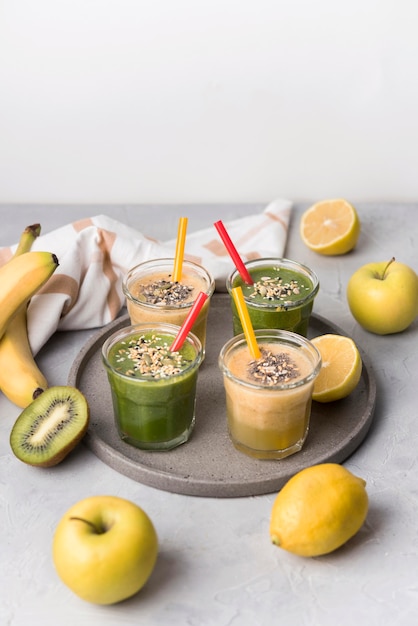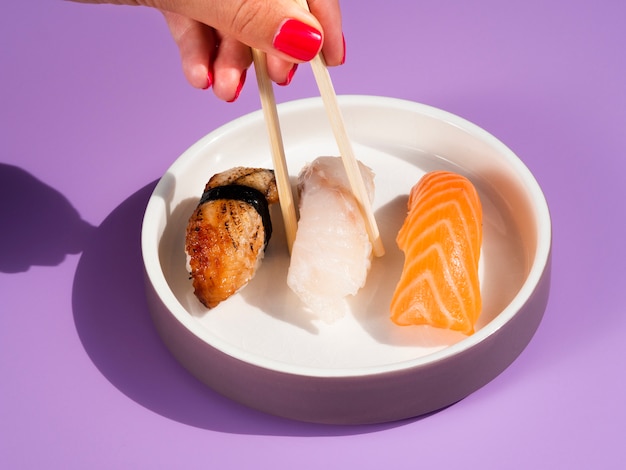
Amlodipine is a type of medication known as a calcium channel blocker. It works by preventing calcium from entering certain cells in the body, which helps lower high blood pressure and relieve chest pain. This process also relaxes the walls of the arteries, which reduces stress on the heart.
Uses of Amlodipine:
Amlodipine is mainly used to:
– Control and prevent high blood pressure.
– Relieve chest pain.
– Lower the risk of stroke and heart attack in people with coronary artery disease.
– Reduce the severity of angina caused by coronary artery spasms.
– Prevent migraine headaches.
Side Effects of Amlodipine:
Common side effects include:
– Swelling of the ankles.
– Facial flushing (redness in the face due to illness or emotions like anger).
– Edema (swelling caused by excess fluid in body tissues, often seen in legs and ankles).
– Sleepiness.
– Dizziness or a spinning sensation.
– Headache.
Bananas and Amlodipine:
Bananas are high in potassium, and amlodipine can increase potassium levels in your body. If potassium levels get too high, a condition called hyperkalemia can occur, which can cause symptoms like heart palpitations, chest pain, difficulty breathing, nausea, or vomiting. It is important to regularly check your potassium levels while taking amlodipine, but eating bananas in moderation is generally safe. Research shows that a daily banana doesn’t significantly raise potassium levels in the body, although it’s still wise to monitor your intake of potassium-rich foods when using amlodipine.
Pros and Cons of Bananas and Amlodipine:
Pros of Bananas:
– A good source of potassium.
– Nutrient-rich.
– Provide an energy boost.
Cons of Bananas:
– High in sugar.
– High in calories.
Pros of Amlodipine:
– Helps regulate blood pressure.
– Relieves chest pain.
Cons of Amlodipine:
– Possible side effects.
– Can interact with some foods, like grapefruit.
Differences Between Bananas and Amlodipine:
Bananas:
– Consumed for their nutrients and energy, supporting overall health.
Amlodipine:
– A prescribed medication to manage blood pressure and chest pain by affecting calcium channels in the blood vessels and heart.
Alternatives to Bananas and Amlodipine:
Alternative Foods to Bananas:
– Vegetables like cucumber, zucchini, or green beans can be used as snacks.
Alternative Medications to Amlodipine:
– Depending on your medical needs, other antihypertensive medications like ACE inhibitors (e.g., enalapril, lisinopril) or beta-blockers (e.g., metoprolol) might be recommended.
Eating Bananas and Amlodipine Together:
You can eat bananas while taking amlodipine, but because both can raise potassium levels, there’s a risk of hyperkalemia. Symptoms might include chest pain, nausea, and breathing issues. Amlodipine can also react with grapefruit and orange juice, which can increase amlodipine levels and lead to serious side effects, so it’s best to avoid these while on the medication. Keep an eye on your potassium levels and talk to your healthcare provider if you notice symptoms like weakness, fatigue, or muscle cramps.
Research on Eating Bananas with Amlodipine:
There’s limited specific research on bananas and amlodipine, but similar medications show potential interactions with potassium-rich foods, possibly leading to hyperkalemia, which may affect heart rhythms. It’s advisable not to overdo high-potassium foods like bananas when you’re on amlodipine.
Foods to Avoid with Amlodipine:
While on amlodipine, be cautious with certain foods that could increase side effects:
– Salt substitutes, often high in potassium.
– Grapefruit and orange juice, which can raise amlodipine levels.
– High-potassium foods like bananas, avocados, and sweet potatoes.
– Certain antacids, like those with magnesium or aluminum.
– Alcohol, which might lower blood pressure too much.
– High-fat foods, which can cause stomach issues.
It’s also smart not to consume large meals or excessive fluids simultaneously with amlodipine and to maintain regular exercise. Check with your healthcare provider before adding any herbal supplements.
Diet When Taking Amlodipine:
There’s no strict diet when on amlodipine, but a healthy, balanced diet can help manage blood pressure and heart conditions. Include fruits, veggies, lean proteins, whole grains, and low-fat dairy. Avoid processed foods and high sodium intake. Proper hydration and regular exercise can make the medication more effective. For a plan that suits your health needs, speak with your doctor or a registered dietitian.
Risks of Consuming Bananas with Amlodipine:
While it’s usually safe to eat bananas with amlodipine, be aware of:
– Hyperkalemia: Too many potassium-rich foods like bananas could increase the risk.
– Low blood pressure: Potassium-rich foods can lower blood pressure further, causing dizziness.
– Interaction with herbs: Some herbs can interact with amlodipine, raising the chance of side effects. Consult your healthcare provider before adding them to your routine.
In summary, eating bananas while taking amlodipine is usually fine, but it’s essential to be cautious of risks like hyperkalemia and food interactions. For personalized advice, discuss your diet and medication with your healthcare provider. Avoid certain foods like salt substitutes and grapefruit juice, which can increase the risk of side effects. If you have any dietary concerns while on amlodipine, consult with your healthcare provider.









